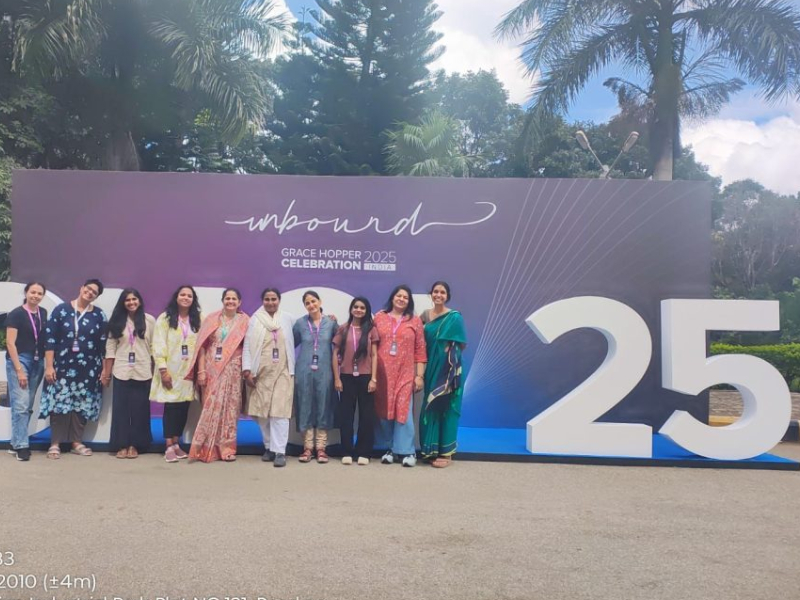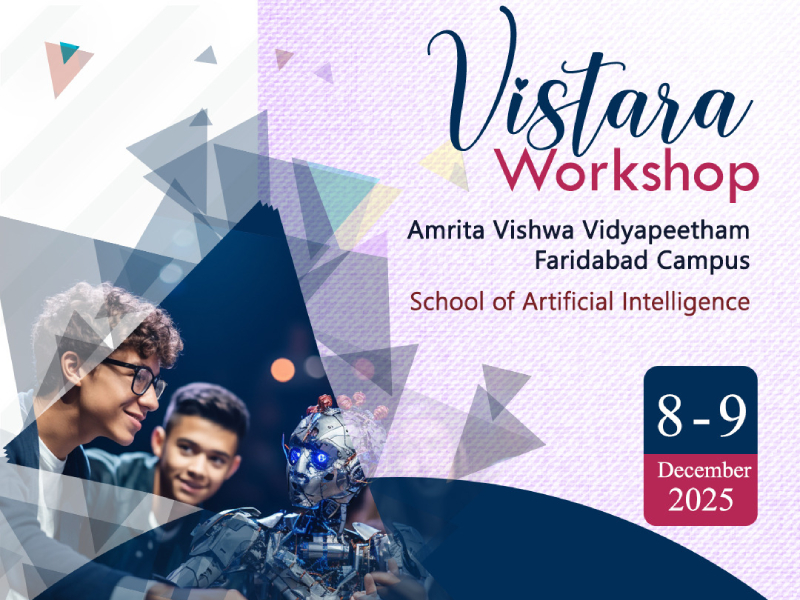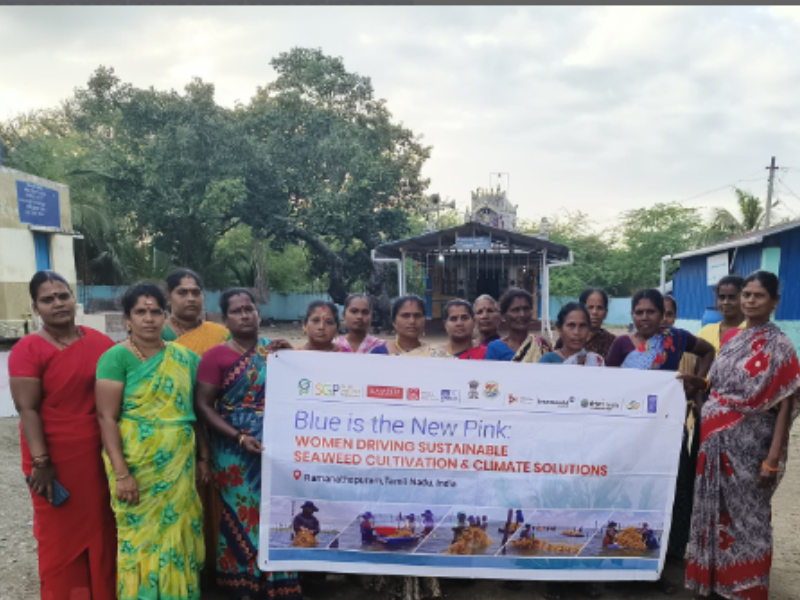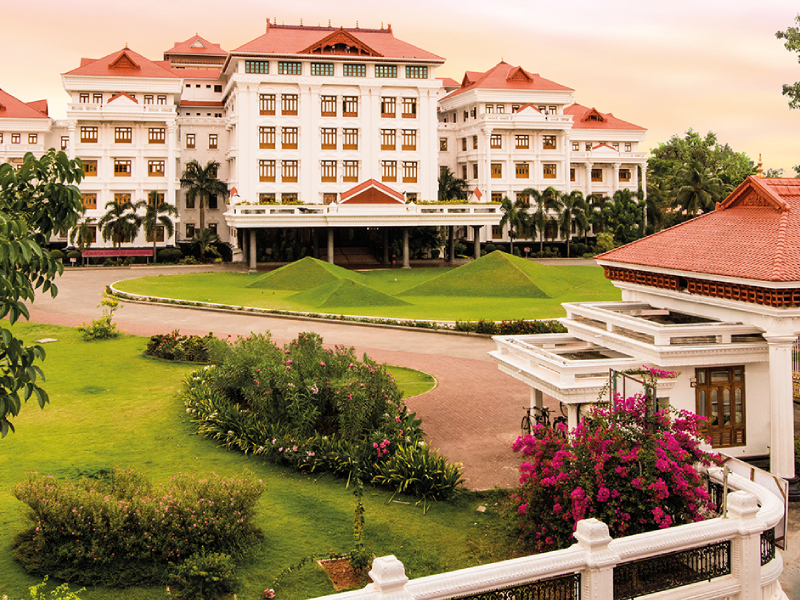February 13, 2010
Amrita School of Engineering, Amritapuri
Final-year students, Venkat Krishnan and Vineeth Sharma of B.Tech. (ECE) won the first prize in a contest to determine the Best Hardware Engineer, beating nearly 30-40 other student teams that competed in a tech fest conducted by SCMS Engineering College, Kochi.
 In addition, these students also won the first prize for their paper presentation. Their class-mates and fellow-Amrita students, Tanmay Rao and Shekhil Hassan, were awarded the second prize in the paper contest.
In addition, these students also won the first prize for their paper presentation. Their class-mates and fellow-Amrita students, Tanmay Rao and Shekhil Hassan, were awarded the second prize in the paper contest.
“The Best Hardware Engineer Contest had three rounds,” the students explained. “In the first-round quiz, we answered basic electronics-related questions. This helped us advance to the second round for Circuit Debugging, with 11 other teams.”
In this second round, all 12 teams were given circuit diagrams and asked to locate errors within a time limit of fifteen minutes. 4 teams, including the one from Amrita, qualified to the third and final round.
“In this final round, we were asked to design a circuit for a traffic control system without microcontrollers. We had one and a half hours to do this. Then we had to present the design to the judges, and finally implement it on hardware.”
Vineeth and Venkat successfully completed all tasks and were adjudged the winners. Later they learned, that they had won the first prize for their paper, Hardware Implementation of Low Power, High Speed DCT/IDCT Based Digital Image Watermarking, as well.
 “We had submitted paper abstracts a month or so, before the fest. Papers were submitted by students of different disciplines — Mechanical, ECE, CS/IT and Biotech. Selected teams were asked to make presentations on their respective topics and then answer questions, if any.”
“We had submitted paper abstracts a month or so, before the fest. Papers were submitted by students of different disciplines — Mechanical, ECE, CS/IT and Biotech. Selected teams were asked to make presentations on their respective topics and then answer questions, if any.”
“Digital Image Watermarking is the process of irreversibly embedding information into a digital signal,” the students explained, on stage. “The signal may be audio, pictures or video, for example. If the signal is copied, then the information is also carried in the copy.”
The students’ paper had compared conventional watermarking techniques and a novel 5-stage pipelined implementation of DCT/IDCT used in digital image watermarking. “We can get a speed close to five times that of the conventional method, which is of great advantage.”
Power Reduction in CPU Datapath Using a Novel Clocking Scheme — another Amrita paper won the second prize. This paper discussed techniques that could be used for Instruction Level Parallelism to enhance the performance of a CPU, even while reducing power consumption. It also discussed proper clocking strategies for saving power.
 In addition, these students also won the first prize for their paper presentation. Their class-mates and fellow-Amrita students, Tanmay Rao and Shekhil Hassan, were awarded the second prize in the paper contest.
In addition, these students also won the first prize for their paper presentation. Their class-mates and fellow-Amrita students, Tanmay Rao and Shekhil Hassan, were awarded the second prize in the paper contest. “We had submitted paper abstracts a month or so, before the fest. Papers were submitted by students of different disciplines — Mechanical, ECE, CS/IT and Biotech. Selected teams were asked to make presentations on their respective topics and then answer questions, if any.”
“We had submitted paper abstracts a month or so, before the fest. Papers were submitted by students of different disciplines — Mechanical, ECE, CS/IT and Biotech. Selected teams were asked to make presentations on their respective topics and then answer questions, if any.”






